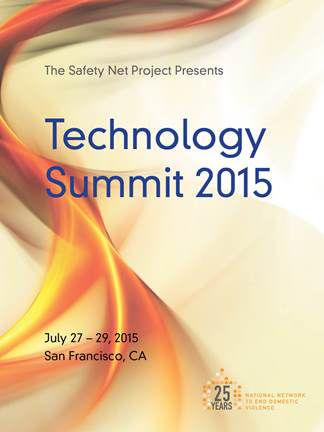New ‘App Safety Center’ Helps Victims and their Advocates Navigate Smartphone Apps
/The National Network to End Domestic Violence (NNEDV) is excited to announce our newest online resource, the App Safety Center. The App Safety Center provides tips, information, and resources for the safe development and use of smartphone apps addressing domestic violence, sexual assault, dating violence, harassment, and stalking.
Mobile platforms offer new and innovative ways to raise awareness and provide survivors and advocates with important tools. Over the past few years, several apps been developed to assist survivors, educate communities, and connect victim service providers to needed resources. Despite the significant potential to dramatically increase awareness and make information more accessible to survivors, many concerns must be thought through when developing and using apps created for victims of violence and their advocates. Some of these concerns include safety and privacy, since abusers are often misusing technology as a tactic of abuse, harassment, and harm.
“We are so grateful for the support from Verizon that allowed us to launch this critical initiative,” said Cindy Southworth, NNEDV Executive Vice President. “The App Safety Center will give survivors the tools and information they need to make informed decisions about their safe use of smartphone technology.”
The App Safety Center has four main sections:
Apps for Survivors
Apps for Public Awareness and Education
Apps for Victim Service Providers
Considerations for App Developers
The section on Apps for Survivors reviews several categories of apps, including those used to assess safety and abuse, personal safety apps (including apps specifically for teens and college students), and other tools for survivors.
To create this desperately-needed resource, the Safety Net team at NNEDV reviewed and tested more than 40 apps. The App Safety Center will continue to grow as Safety Net adds more information and reviews new apps as they are introduced. If you have any feedback or know of any updates or new apps, please share them with us by contacting the Safety Net Team.



